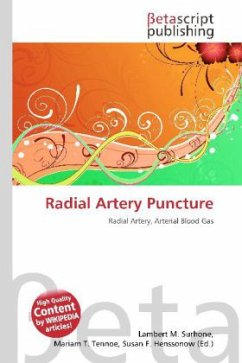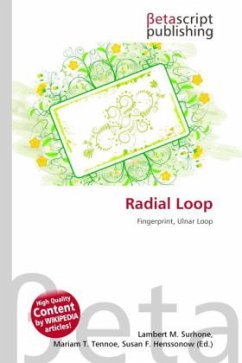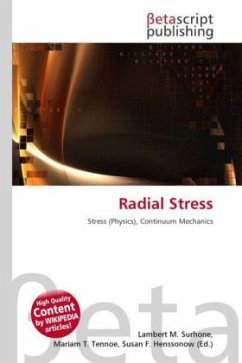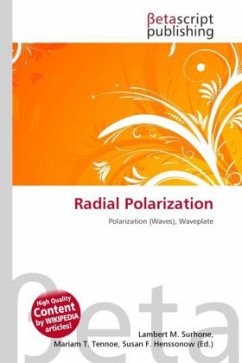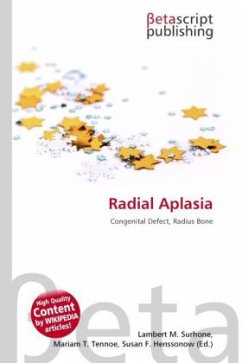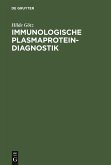Please note that the content of this book primarily consists of articles available from Wikipedia or other free sources online. Radial immunodiffusion (or Mancini method, Mancini immunodiffusion, single radial immunodiffusion assay) is an immunodiffusion technique used in immunology to determine the quantity of an antigen by measuring the diameters of circles of precipitin complexes surrounding samples of the antigen that mark the boundary between the antigen and an antibody suspended in a medium, such as an agar gel. The diameters of the circles increase with time as the antigen diffuses into the medium, reacts with the antibody, and forms insoluble precipitin complexes. Antigen-antibody complexes are small and soluble when in antigen excess. Therefore, precipitation near the center of the circle is usually less dense than it is near the circle''s outer edge, where antigen is less concentrated. The quantity and concentration of insoluble antigen-antibody complexes at the outer edge of the circle increases with time. Therefore, the clarity and density of the outer edge increases with time.
Bitte wählen Sie Ihr Anliegen aus.
Rechnungen
Retourenschein anfordern
Bestellstatus
Storno



